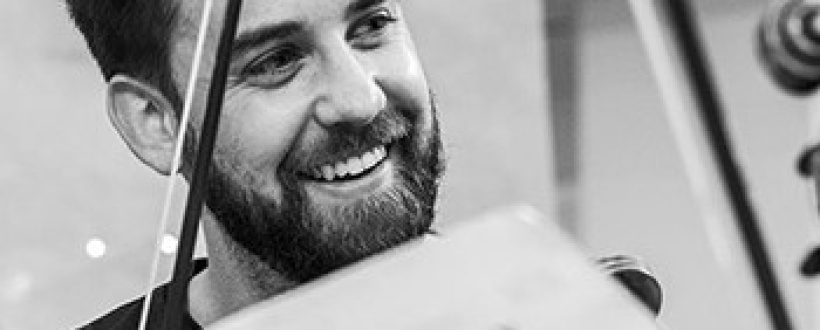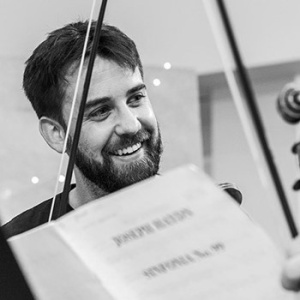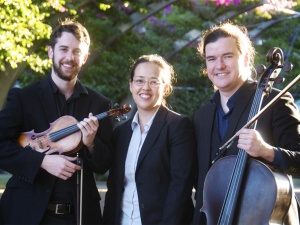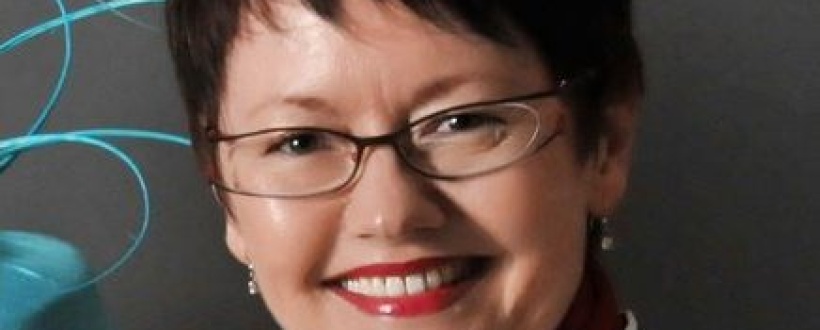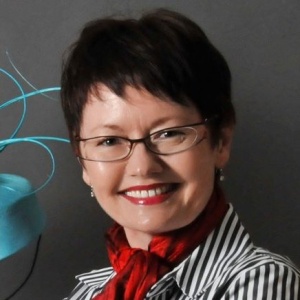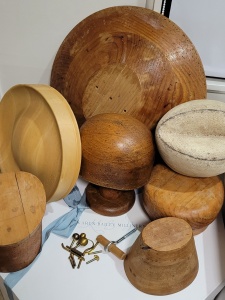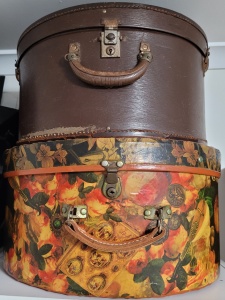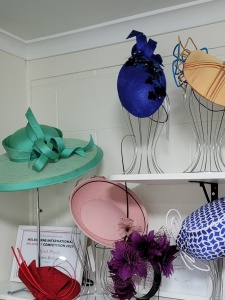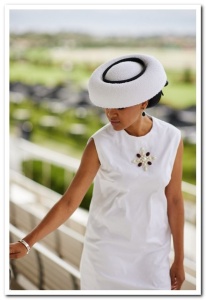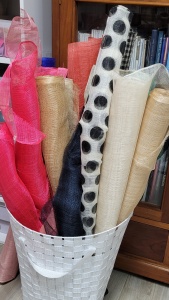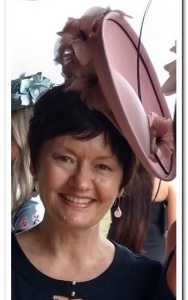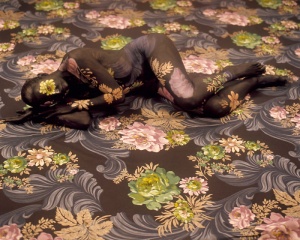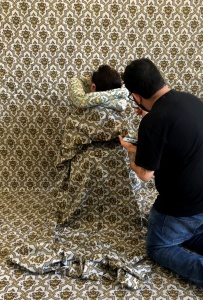Die Deutsche Kammerphilharmonie
Bremen, Germany
In orchestral years Glenn’s career trajectory is fast tracking. This summation does not do justice to years of learning of course, and his arms, wrist, hands, and fingers bear the weight of practise perfecting artistry. His memory retains untold musical scores for solo, duet, trio, quartet, chamber, and orchestral violin. That’s a load for any person to carry.
As a lad in Mackay, Central Queensland, with the choice of picking up a tennis racquet, cricket bat, hockey stick, lacing on football boots, or donning swimming goggles. Glenn never wavered, he walked directly to the violin. Three and half years old and he knew.
Glenn threw down the gauntlet competing in 2009 at the prestigious Kendall National Violin Competition. The prize, a concert violin made from Australian wood by leading luthier (violin maker) Graham Caldersmith. Internationally renowned violinist Yehudi Menuhin, commented, “a great opportunity to own a real Australian violin…a wonderful instrument with a beautiful sound.”
Not only was Glenn announced competition winner taking the concert violin, but he also walked off with everything on offer; Bach Performance, Australian Composition, Audience Choice, and Timberlay International Travel Scholarship.
At this time, he was studying at the Queensland Conservatorium, Griffith University graduating in 2011 with a Bachelor of Music, First Class Honours. Repeating his earlier effort once again taking everything on offer, the Conservatorium Medal, the Music Medal, and the University Medal. The first graduate ever to be awarded the three highest prizes. Time to take his place in the world.
Glenn became Concertmaster of the Australian Youth Orchestra in 2012 and 2013 and an Australian Chamber Orchestra Emerging Artist in 2012. From 2012 to 2014, Principal First Violin in the Queensland Symphony Orchestra. He performed, broadcasting live on ABC Classic FM, was a finalist in the 2014 ABC Young Performer Awards. He moved to Sydney in 2014 becoming a full-time member of the Australian Chamber Orchestra under the demanding and watchful eye of Richard Tognetti. Six years later, in 2020, resigning to take up offers in Germany.
Next, everything stopped.
Globally contracts were cancelled, performances cancelled, theatres closed, entire orchestras unseated. Musicians, a close-knit community, left with nothing but to pack their instruments, and go home.
“In one fell swoop Covid decimated the livelihood of all artists,” said Glenn. “Our world ended. And it was rapid.”
“Fear is what I felt most strongly. Not for my health, but for my very existence having just left a full-time position.
“Luckily I had a contract waiting for me in Germany. But borders closed, international travel was restricted. As a non-essential service all movement was forbidden.
“I couldn’t get out of Sydney, even if I had a flight I wouldn’t gain entry.
“Much of the pandemic was spent shuffling emails between Germany keeping me hopeful the contract remained open. In isolation, I was fearful.”
 The position with Die Deutsche Kammerphilharmonie of Deputy Concertmaster and Principal 2nd Violin remained open. Glenn is now resident in Bremen.
The position with Die Deutsche Kammerphilharmonie of Deputy Concertmaster and Principal 2nd Violin remained open. Glenn is now resident in Bremen.
“Living in the heart and soul of European classical music is the quickest way to restore anyone’s optimism,” says Glenn.
“The orchestra’s management style is democratic, no hierarchy. Decisions are made laterally. If you work for the company you have input, everyone is valued. It’s a breath of fresh air.”
This has also allowed managing time to appear in Paris with Le Cercle de l’Harmonie, in Munich with Bavarian Radio Symphony Orchestra, and racking up frequent flyer points returning to Brisbane for the Queensland Symphony Orchestra.
Small wonder Glenn is in demand as a soloist, chamber musician and guest principal musician in Australia and internationally, appearing at festivals and masterclasses such as the Coriole Music Festival, Murten Classics, Musica Viva Festival, Bangalow Festival, Tyalgum Festival, and the International Musician’s Seminar, Prussia Cove.
Glenn still has time for a grand passion. The Mackay Chamber Music Festival, an annual festival he started in his hometown in 2018, of which he is Artistic Director.
“It’s thrilling,” said Glenn. “Mackay has its own classical music festival.”
“The best part is the feeling of community. I get to work with amazing musicians and music lovers on and off stage.
“It’s important to program works relevant to today’s audiences, so we have works by living Australian composers Anne Cawrse, Elizabeth Younan, Harry Sdraulig and Paul Stanhope, alongside classic works from Schubert, Mozart, and Mendelssohn.
“A rewarding initiative is giving young, and young at heart musicians, guidance through an extensive education program.
“Regardless of where you live, you should have access to wonderful music and music education.”
If a weekend in the country listening to world class chamber music appeals, dates for the fifth annual festival are 21-23 July 2023.
Exuding calm, meanwhile his internal driving mechanisms, intent and purpose, seldom lie idle. He observes, listens, considers. A man secure in his ability still seeking to grow, hone, question, learn. Astute, considered, even tempered, and unassuming, he laughs readily. I doubt he startles easily.
Glenn is still in the early stages of a musical career that promises longevity. Take note of his name and watch his star rise.
For further information on Mackay Chamber Music Festival visit: https://www.mackaycmf.com.au/
